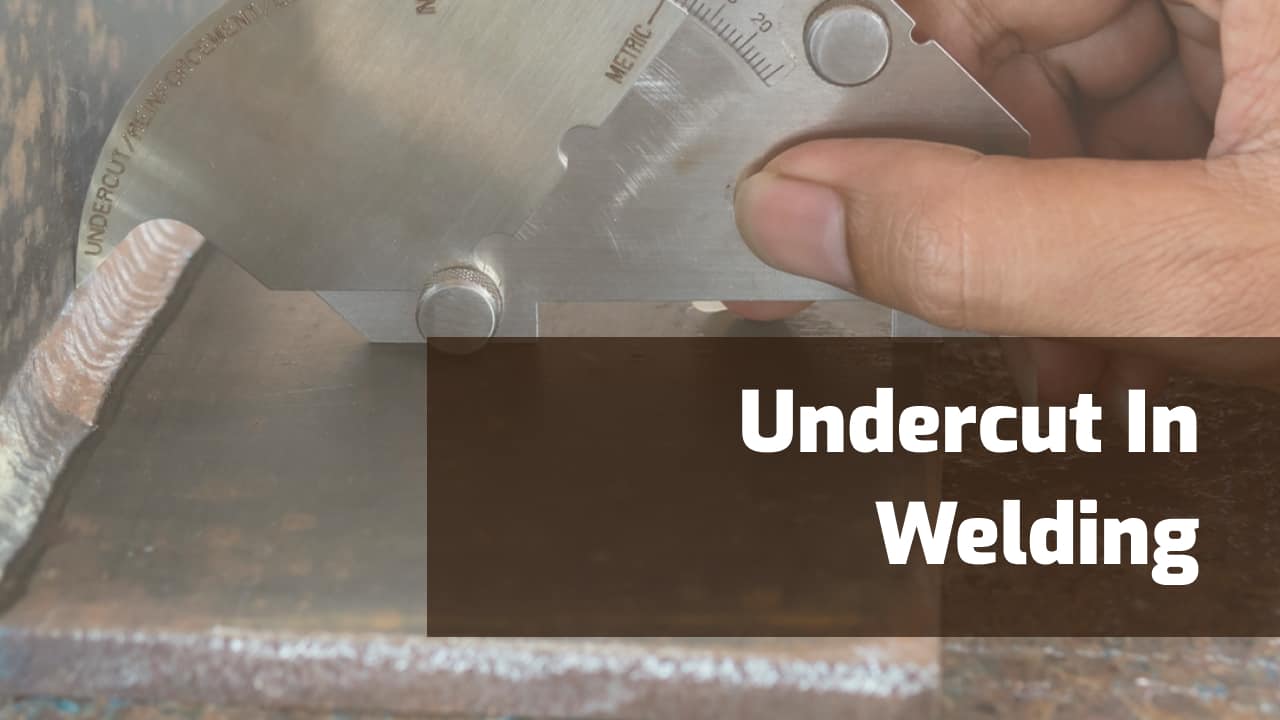Understanding the Art of Welding: How to Avoid Undercut Welding Issues for Flawless Fabrication Results
By recognizing the origin triggers of undercut welding and carrying out reliable strategies to prevent it, welders can elevate their craft to new levels of excellence. In the quest of flawless fabrication results, mastering the art of welding to prevent undercut problems is not just a skill yet a need for those aiming for excellence in their job.
Recognizing Undercut Welding

To stop undercut welding, welders need to ensure proper welding parameters, such as changing the present, voltage, travel rate, and keeping the proper electrode angle. By recognizing the reasons of undercut welding and applying preventative measures, welders can achieve top quality, structurally sound welds.
Causes of Undercut in Welding
Understanding the factors that add to undercut in welding is essential for welders to produce high-quality, structurally audio welds. When the weld metal does not correctly fill the groove created between the base metal and the formerly deposited weld steel, undercutting happens. A number of elements can result in undercut in welding. One usual cause is excessive heat input. Welding at heats for extensive durations can result in the base steel thawing even more than desired, leading to damage. Insufficient welding wrong or present welding speed can likewise add to undercut. Insufficient current might not provide adequate warm to thaw the base and filler metals properly, while excessive rate can prevent correct combination, creating undercut. Furthermore, incorrect electrode angles or wrong torch adjustment methods can develop areas of low weld steel deposition, advertising undercut. Understanding these reasons and executing appropriate welding strategies can assist prevent undercutting problems, ensuring resilient and solid welds.
Methods to avoid Undercutting

To mitigate the threat of damaging in welding, welders can employ strategic welding techniques intended at boosting the high quality and stability of the weld joints. Furthermore, making use of the right welding method for the particular joint configuration, such as weave or stringer beads, can contribute to reducing damaging.
In addition, appropriate joint preparation, including making certain tidy base products devoid of contaminants and utilizing the proper welding consumables, is critical in protecting against undercut issues. Utilizing back-step welding techniques and regulating the weld bead profile can likewise help disperse warm evenly and lessen the danger of undercut. Routine evaluation of the weld joint throughout and after welding, in addition to implementing top quality assurance steps, can aid in dealing with and identifying undercutting issues promptly. By carrying out these techniques carefully, welders can achieve remarkable manufacture results with very little undercut flaws.
Value of Proper Welding Parameters
Choosing and maintaining appropriate welding specifications is crucial for achieving effective welds with minimal problems. Welding specifications refer to variables such as voltage, present, take a trip rate, electrode angle, and securing gas circulation price that directly affect the welding procedure. These criteria must be thoroughly changed based on the kind of product being welded, its thickness, and the welding method utilized.
Appropriate welding specifications ensure the correct amount of heat is applied to melt the base metals and filler product consistently. If the specifications are established too expensive, it can cause too much heat input, causing spatter, burn-through, or distortion. On the various other hand, if the criteria are also low, insufficient blend, absence of penetration, or undercutting may take place.
Quality Control in Welding Operations

Conclusion
In conclusion, mastering the art of welding calls for a thorough understanding of undercut welding, its reasons, and methods to avoid it. By making certain appropriate welding specifications and executing quality guarantee practices, remarkable construction outcomes can be attained. It is necessary for welders to regularly pursue quality in their welding procedures to prevent undercut issues and generate top notch welds.
Undercut welding, a common issue in welding processes, takes place when the weld metal does not properly fill the groove and leaves a groove or anxiety along the bonded joint.To avoid undercut welding, welders need to make sure appropriate welding specifications, such as readjusting the current, voltage, traveling rate, and maintaining the right electrode angle. Insufficient welding wrong or current welding speed can additionally contribute to damage.To try these out mitigate the danger of damaging in welding, welders can employ tactical welding strategies aimed at improving the quality and integrity content of the weld joints.In final thought, understanding the art of welding requires a complete understanding of undercut welding, its reasons, and methods to stop it.